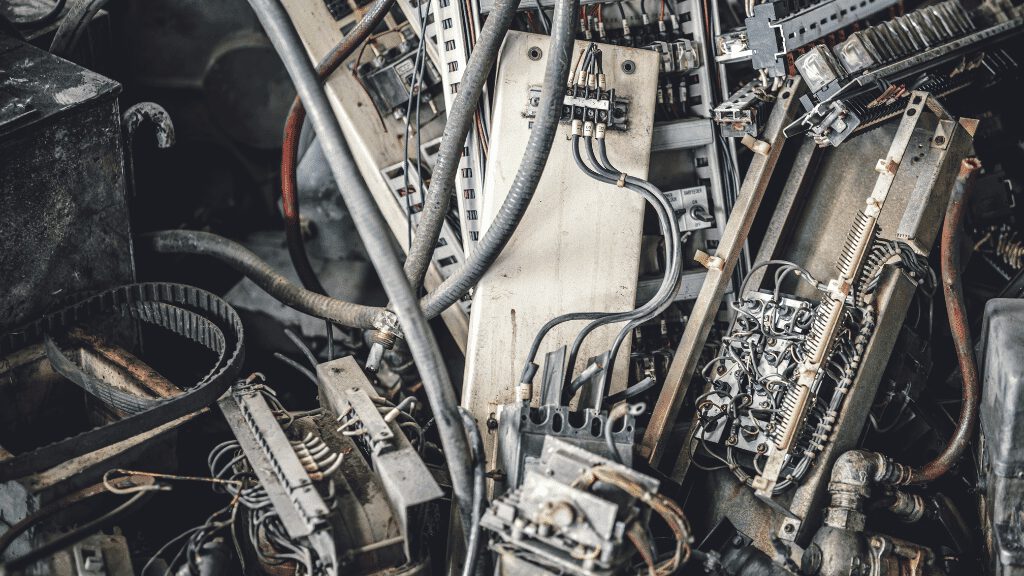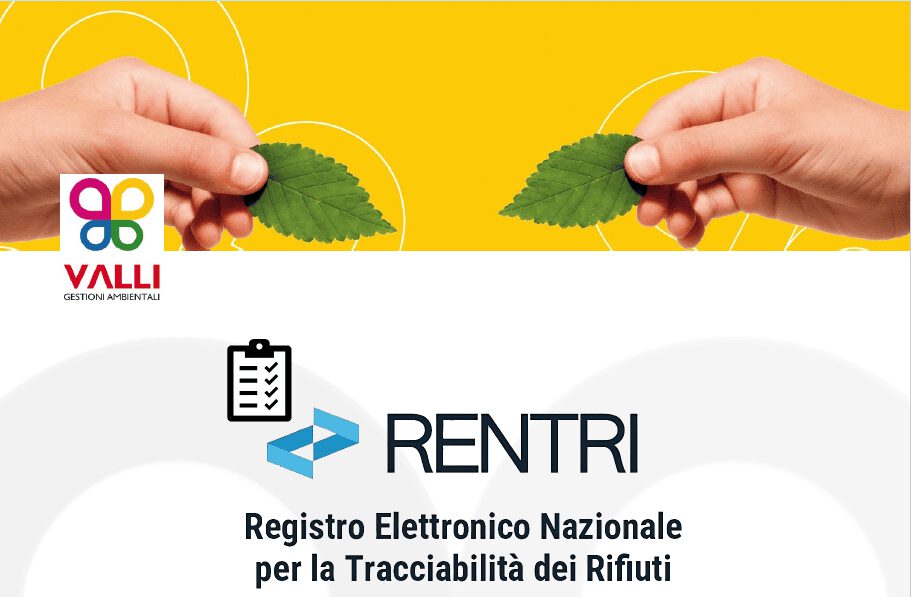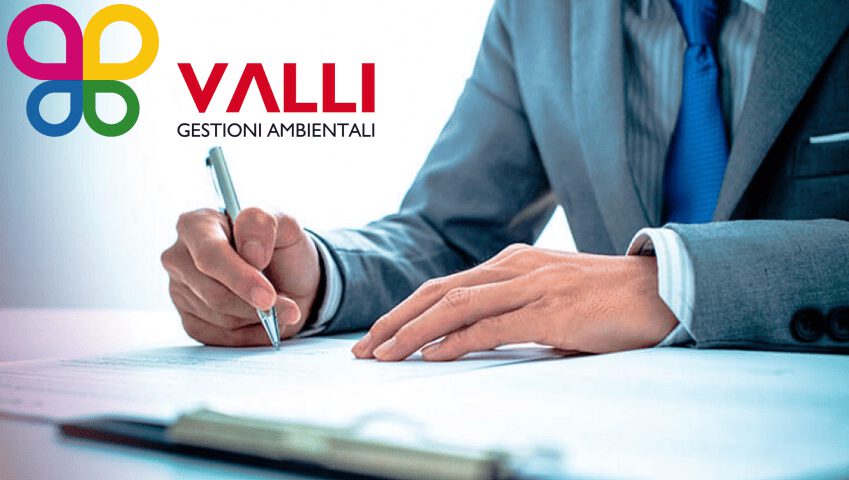The technological devices we use on a daily basis tend to break and wear out easily (EEE). But what happens when you have to dispose of them? These devices, once they reach the end of their life cycle, become waste electrical and electronic equipment (WEEE).
The correct management of WEEE is essential to prevent environmental pollution and promote the circular economy, recovering valuable materials and reducing hazardous waste. In this article, we will explore the classifications of WEEE waste, the regulations in place, disposal and recycling methods, collection centers, and the benefits of proper management.
Specific classification criteria for WEEE waste
The correct disposal and recycling of WEEE waste is crucial to reduce environmental impact and promote sustainability. WEEE contains hazardous components such as mercury, lead, and cadmium, which can contaminate soil and water if not managed properly. That is why it is essential to follow specific procedures for their treatment.
- Separate collection: WEEE must be collected separately from other waste to facilitate its treatment.
- Safe transport: The collected waste must be transported to specialized facilities, ensuring safety and preventing spills of harmful substances.
- Material recovery: In treatment centers, WEEE is dismantled and recyclable materials, such as precious metals and plastics, are recovered.
- Safe disposal: Non-recyclable and hazardous parts are disposed of safely, according to current regulations.
WEEE recycling not only reduces pollution, but also allows the recovery of valuable resources, promoting a circular economy model.
Characteristics of the WEEE Waste categories
WEEE is divided into different categories, each of which requires specific treatment methods. The main categories include:
- Large appliances: Refrigerators, washing machines, ovens, and other large appliances.
- Small appliances: Vacuum cleaners, toasters, irons, and other small devices.
- Computer and telecommunications equipment: Computers, monitors, printers, mobile phones and the like.
- Consumer equipment: Televisions, radios, camcorders, and the like.
- Photovoltaic panels: Used for the production of solar energy, they require specific treatment for the recovery of materials.
This classification helps to manage WEEE waste more efficiently by ensuring that each type of equipment is treated according to its specific characteristics.
Regulations and laws applicable to WEEE Waste
The management of WEEE waste is regulated by precise regulations and directives at European and national level. The European Directive 2012/19/EU establishes guidelines for the collection, treatment, recovery and disposal of WEEE, with the aim of reducing environmental impact and improving resource efficiency.
In Italy, Law Decree 49/2014 implements the European directive and defines the responsibilities of manufacturers, distributors and users of electrical and electronic equipment. The decree imposes the obligation of separate collection of WEEE and establishes specific recovery and recycling objectives for each category of waste.
These regulations are key to ensuring sustainable WEEE management, promoting shared responsibility between producers and consumers.
Collection Centres and Disposal Points
Collection centres and delivery points play an essential role in the management of WEEE. These places are specially equipped to receive, sort and prepare waste for further treatment.
- Municipal collection centres: Facilities managed by municipalities where citizens can dispose of their WEEE free of charge.
- Drop-off points at retailers: Many electronics stores offer a free WEEE take-back service when you purchase a new device, on a one-for-one basis.
- Plants, companies and consortia: which manage the collection and recycling of WEEE, ensuring compliance with regulations and promoting sustainability.
These collection points are essential to facilitate the correct disposal of WEEE and prevent the dispersion of hazardous substances into the environment.
What is the correct procedure for disposing of WEEE?
The correct WEEE (Waste Electrical and Electronic Equipment) disposal procedure is essential to ensure environmental safety and efficient resource recovery. The following is the standard procedure to follow:
- Separate collection
- Separation: WEEE must be separated from other household waste. It is important not to throw them away with common waste.
- Disposal: Citizens can drop off WEEE at municipal collection centres or designated delivery points, such as electronics stores that offer the “one-for-one” service.
- Transport
- Suitable Vehicles: WEEE must be transported using suitable vehicles that ensure safe transport and prevent spillage of hazardous substances.
- Documentation: Documentation certifying the nature and quantity of the waste transported is required to ensure traceability.
- Treatment
- Pre-Treatment: In treatment centers, WEEE is first manually dismantled to remove hazardous components and recover valuable materials.
- Mechanical Process: Next, the waste is shredded and subjected to mechanical processes to further separate the recyclable materials from the non-recoverable waste.
- Material Recovery
- Material Separation: Through various separation processes, materials such as metals, plastics, and glass are recovered.
- Refining: The recovered materials can be further refined to obtain secondary raw materials that can be used in the production of new products.
- Safe disposal
- Non-Recoverable Waste: Parts of WEEE that cannot be recycled are disposed of in safe landfills or via controlled incineration, in accordance with environmental regulations.
- Monitoring: Landfills and incineration plants must be monitored to prevent any risk of environmental contamination.
Benefits of Proper WEEE Waste Management
Proper WEEE management offers numerous environmental, economic and social benefits. Among the main benefits we find:
- Reduction of environmental pollution: Properly managing WEEE prevents the dispersion of toxic substances into the environment, protecting the soil and water.
- Recovery of valuable resources: The recycling of materials contained in WEEE, such as rare metals and plastics, reduces the need for the extraction of new resources, promoting the circular economy.
- Job creation: The WEEE recycling industry creates job opportunities in the areas of material collection, treatment and recovery.
- Regulatory compliance: Comply with current regulations, avoiding penalties and contributing to a more efficient and sustainable waste management system.
Adopting responsible WEEE management practices is therefore essential not only for environmental protection, but also for the development of a more sustainable and resilient economy.
Challenges and solutions in the classification of WEEE Waste
Advanced Separation Technologies
Innovations in the field of material separation are revolutionizing WEEE recycling. These include artificial intelligence-based technologies and robotics that make it possible to accurately identify and separate the different components of electronic devices. For example, machine vision systems can differentiate between various types of plastics, metals, and printed circuit boards, improving the efficiency of the recycling process.
Chemical recycling methods
In addition to traditional mechanical methods, chemical recycling techniques are gaining traction. These methods use chemical processes to extract valuable materials from WEEE, such as gold, silver, and rare earths. Hydro-metallurgical recycling, for example, uses aqueous solutions to dissolve metals from e-waste, allowing for the recovery of materials with very high purity.
Circular economy initiatives
The adoption of a circular economy model is essential for the sustainable management of WEEE.
Numerous initiatives and start-ups are developing innovative solutions for the reuse and repair of electronic devices. Their goal is to extend the useful life of products by reducing the amount of waste generated. For example, online platforms for the sale of refurbished devices and electronics leasing programs are becoming increasingly popular.
WEEE Management FAQs
What to do if there are no collection centers nearby?
If there are no WEEE collection centers nearby, you can use the drop-off points at electronics retailers. Many shops offer a free WEEE take-back service when purchasing a new device, according to the “one for one” principle. In addition, some waste management companies offer home collection services.
How to properly prepare WEEE for disposal?
Before disposing of WEEE, make sure to remove all personal data from devices, especially computers and mobile phones. If possible, remove the batteries and separate any components that can be easily detached. Seal any parts containing liquids or powders to prevent spillage during transport.
What are the penalties for improper disposal of WEEE?
Improper disposal of WEEE can result in significant penalties. In Italy, penalties for non-compliance with WEEE disposal regulations can range from fines to criminal prosecution, depending on the severity of the offence. Companies have an obligation to follow regulations to avoid penalties and ensure environmental safety.
How can I tell if a device is considered WEEE?
A device is considered WEEE if it is electrical or electronic equipment that has reached the end of its life cycle. This includes devices that run on electrical current or batteries, such as computers, televisions, household appliances, mobile phones, lamps, and many more. Specific European regulations and directives provide detailed lists of equipment that is considered WEEE.
Choose Valli Environmental Management
Valli Gestioni Ambientali mainly deals with the collection, transport, storage and treatment of professional WEEE, collected directly from the companies that request the service, with charges borne by the companies themselves.
Professional WEEE treated includes computers, servers, printers, monitors, electro-medical equipment, electrical panels, food and beverage dispensers, ATMs, as well as ceiling lights, neon lights and lamps, motors, electrical components and many other devices.
Do you need to dispose of large appliances or small appliances? To request the WEEE disposal service for your company, fill out the form by entering your data, we will contact you as soon as possible!




